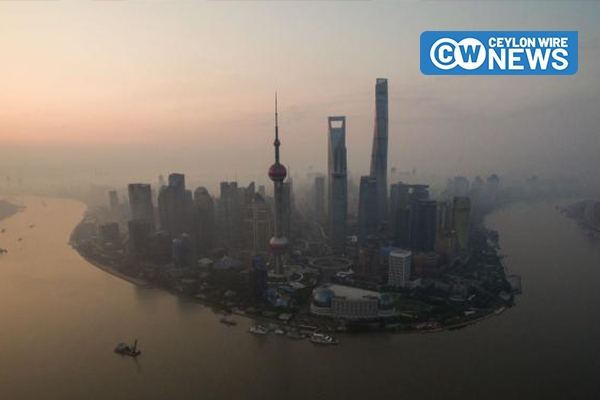A recent study published in the journal Science has unveiled alarming findings: approximately 45% of China’s major urban areas are experiencing subsidence, putting millions of residents at heightened risk of flooding.
The study, conducted by examining 82 Chinese cities with populations exceeding 2 million, utilized satellite radar data to detect changes in ground elevation between 2015 and 2022. Shockingly, it revealed that 45% of urban land was subsiding at rates exceeding 3 mm per year, with 16% sinking even faster, at over 10 mm annually.
Notably, China’s largest metropolis, Shanghai, continues to experience subsidence, despite already sinking approximately 3 meters over the past century. Other significant cities like Beijing and Tianjin are also notably affected.
The causes of this phenomenon are multifaceted, with water extraction emerging as a primary factor. Robert Nicholls, a climate adaptation professor at the University of East Anglia, highlighted that water extraction and soil drainage contribute significantly to subsidence in areas with recent sedimentation.
Addressing this issue, the study suggests that sustained control of groundwater extraction could offer a solution in the long term.
Nicholls cautioned that subsidence not only compromises the structural integrity of buildings and critical infrastructure but also exacerbates the impacts of climate change, particularly in coastal cities vulnerable to flooding.
Already, subsidence costs China over 7.5 billion yuan annually, equivalent to approximately $1.05 billion, according to Reuters.
While China grapples with this pressing issue, the problem of subsidence extends beyond its borders. Another study published earlier this year warned that approximately 6.3 million square kilometers of land worldwide are susceptible to subsidence, with Indonesia particularly affected.
Even in the United States, more than 17,000 square miles across 45 states have been directly impacted by subsidence, largely attributed to underground water exploitation, according to the United States Geological Survey (USGS).
The USGS further underscores the threat posed by increasing land and water resource development, which could exacerbate existing subsidence issues and trigger new ones.
The findings underscore the urgent need for proactive measures to address subsidence and mitigate its adverse effects on communities worldwide.
Source: The Business Insider








